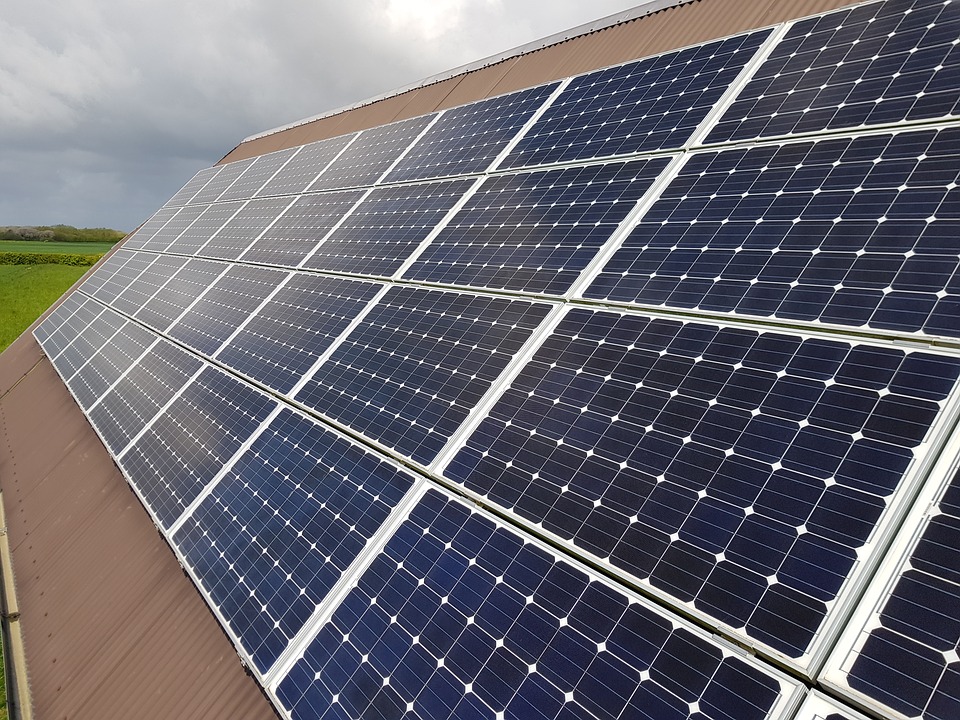
11 Feb What Impacts Solar Power Production?
Solar power is something that can help save the planet. We have become so dependent on fossil fuel as a source of energy that we have produced more carbon dioxide and greenhouse gasses than the Earth can convert. This essentially traps heat inside the atmosphere, which raises temperatures and makes our climate go haywire. The way to stop and even reverse these side effects is by switching to a new form of energy that doesn’t produce greenhouse gasses. Solar power is one of the most promising solutions, which is why a lot of research has gone into improving this technology.
Factors that Can Affect Solar Power Generation
If you are looking to protect the planet through the use of solar panels, there are some key factors that affect how well your solar system can operate. The first is the efficiency rating of the panel. Every solar panel has a specified efficiency rating attached to it. This is a measure of how efficient the panel is at converting sunlight into energy. Since solar panels absorb the energy from sunlight, there is bound to be some conversion loss since the energy is being changed from one form to another. It may seem counterintuitive, but having a higher rating doesn’t exactly mean that your panel is better; it just means that you need less space to produce the same amount of power. Efficiency is most important for cases where space is limited.
Weather is a noteworthy factor that can also impact how much power you generate. For example, if you live in a place where the sun shines a lot more, your panels will receive more sunlight and will have more energy to convert. Rainy or cloudy climates obviously have less sunlight and therefore less energy to convert. Season, weather, and even the angle at which the sun’s rays hit the solar panels affect the amount of solar power your panels can produce.
Other Variables
Aside from aforementioned factors that can impact solar power generation, there are also minor factors that, when added up, can cause a significant drop in the amount of energy your panels can generate. Temperature is a factor that is often overlooked. Since heat is merely a byproduct of light, it doesn’t carry energy that solar panels can convert. If the atmospheric temperature is too high, it actually increases the conductivity of the semiconductor inside the panel, thereby decreasing the overall voltage inside the cell. This then reduces the energy that the panel can output by up to a quarter of the original.
As bad as it is to be too hot, shade and shadows are also natural enemies of solar panels since they directly block the incoming rays. Less light reaching the panels means less energy can be converted.
Our ability to utilize the sun to provide for our energy is still improving, and the rate at which we can absorb the energy that comes from the sun can still grow and develop. To make proper use of the technology, we need to make sure that we are maximizing its potential by correctly placing and using solar panels.



